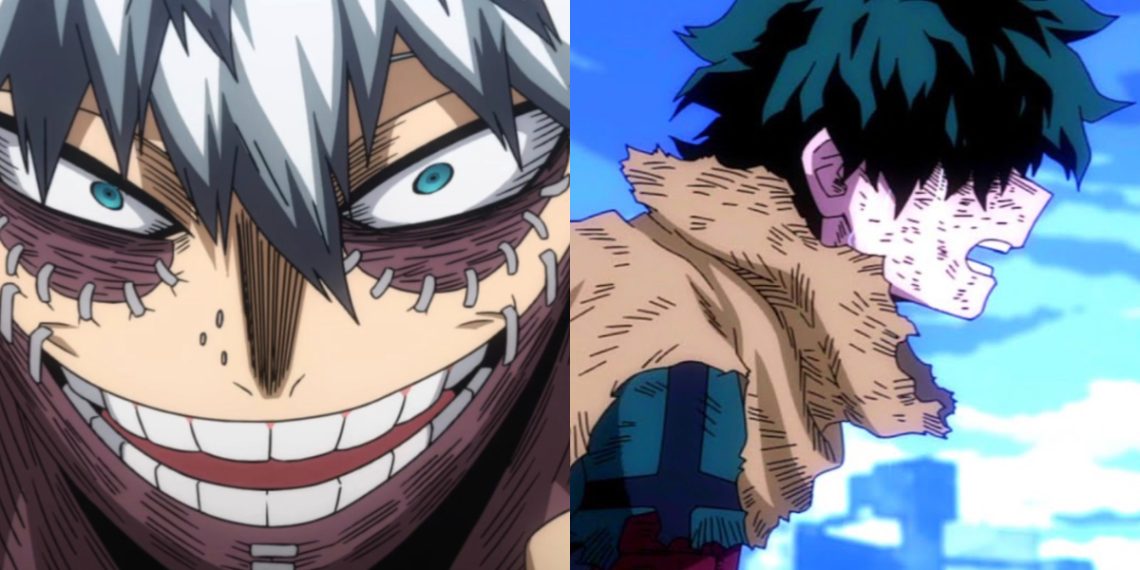“My Hero Academia,” which debuted in 2016, has amazed the audience with its unique take on the superhero genre. Set in a world where superpowers, known as Quirks, are commonplace, the series follows Izuku Midoriya’s journey from a Quirkless outsider to the pinnacle of heroism.
Throughout its run, “My Hero Academia” has delivered numerous memorable episodes that resonate deeply with fans. These episodes often focus on character development and reveal pivotal moments in the lives of beloved characters.
Notably, the show doesn’t limit these moments to heroes alone; fans eagerly anticipate insights into the origins and struggles of villains, as well as their journeys to harness their abilities.
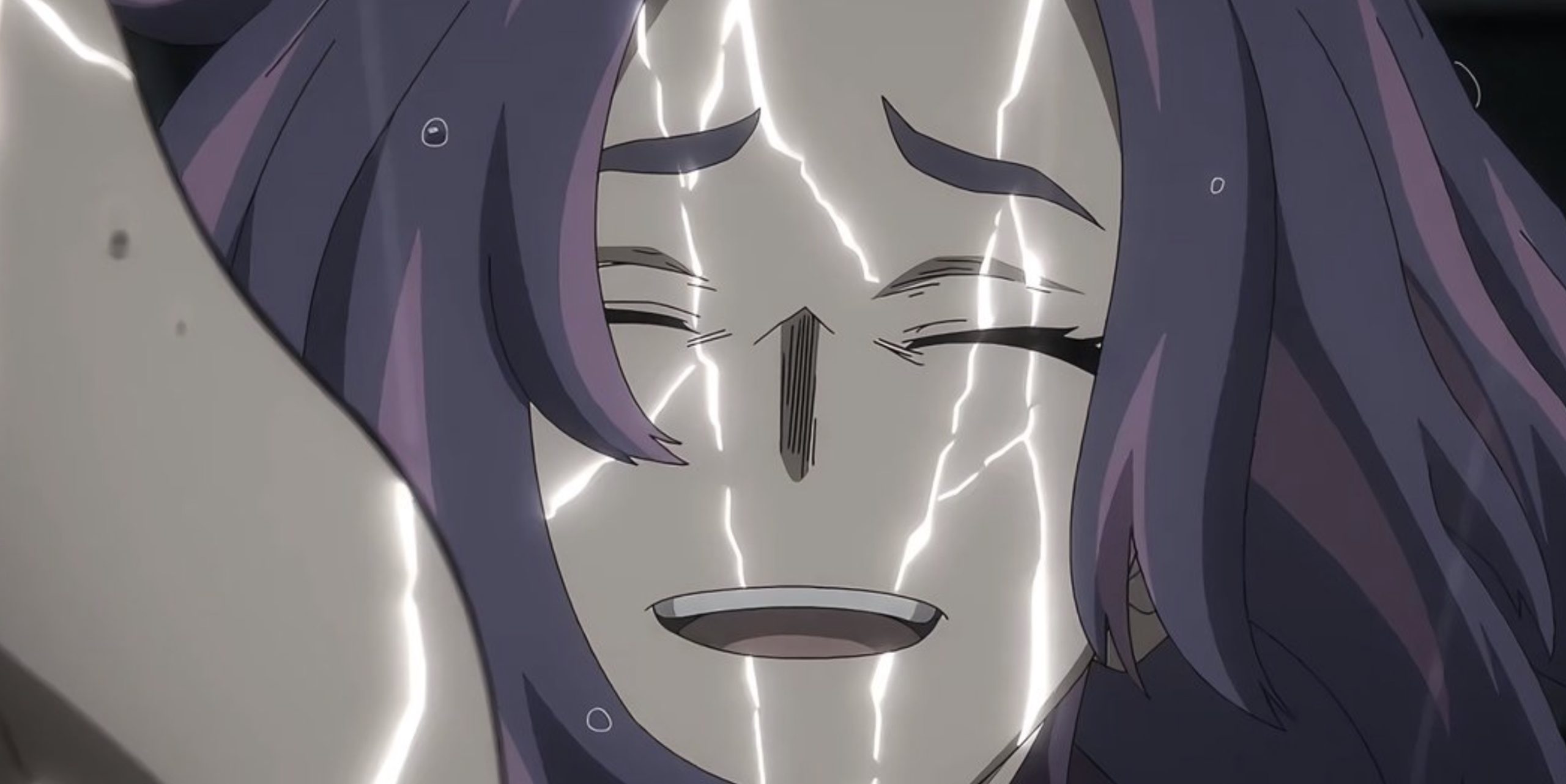
The most cherished episodes of “My Hero Academia” feature compelling plots that tug at the heartstrings and immerse viewers in the experiences of their favorite characters.
Whether it’s a hero’s triumphant breakthrough or a villain’s poignant backstory, these episodes evoke a sense of connection and empathy, making fans feel like active participants in the unfolding narrative.
“My Hero” And 9 Other Most Popular Episodes Of My Hero Academia
Here is a list of the 9 most popular My Hero Academia episodes before the release of Season 7.
10. “My Hero” – My Hero Academia Season 3 Episode 42
Kota Izumi’s disillusionment with heroes runs deep, stemming from the tragic loss of his parents, both Pro Heroes, in the line of duty. Their sacrifice leaves him harboring resentment towards heroes who prioritize the safety of others’ children over their own families.
When Classes 1-A and 1-B from U.A. arrive at the training camp where he lives with his aunt and the Wild, Wild Pussycats, Kota’s initial reaction is one of reluctance and skepticism.
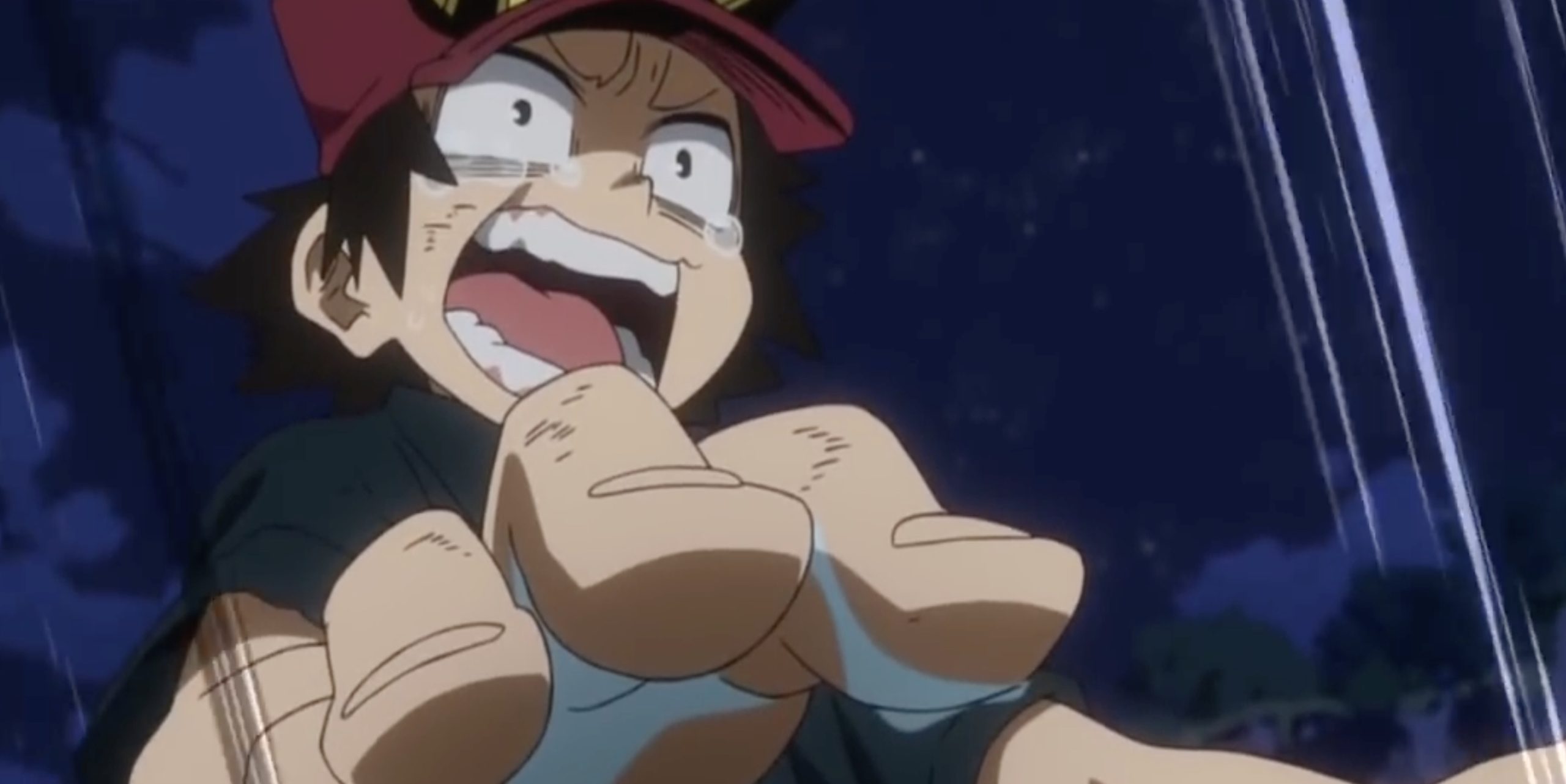
However, Kota’s perspective undergoes a profound shift when confronted with the villainous Muscular, whose callous disregard for children’s lives becomes chillingly apparent.
It is in this harrowing moment that Midoriya, regardless of his own struggles with his Quirk, emerges as a beacon of heroism. Regardless of being smaller and seemingly less powerful, Midoriya’s unwavering determination and selflessness enable him to defeat Muscular and save Kota.
Witnessing Midoriya’s heroic act firsthand, Kota experiences a revelation about the true essence of heroism and its indispensable role in society.
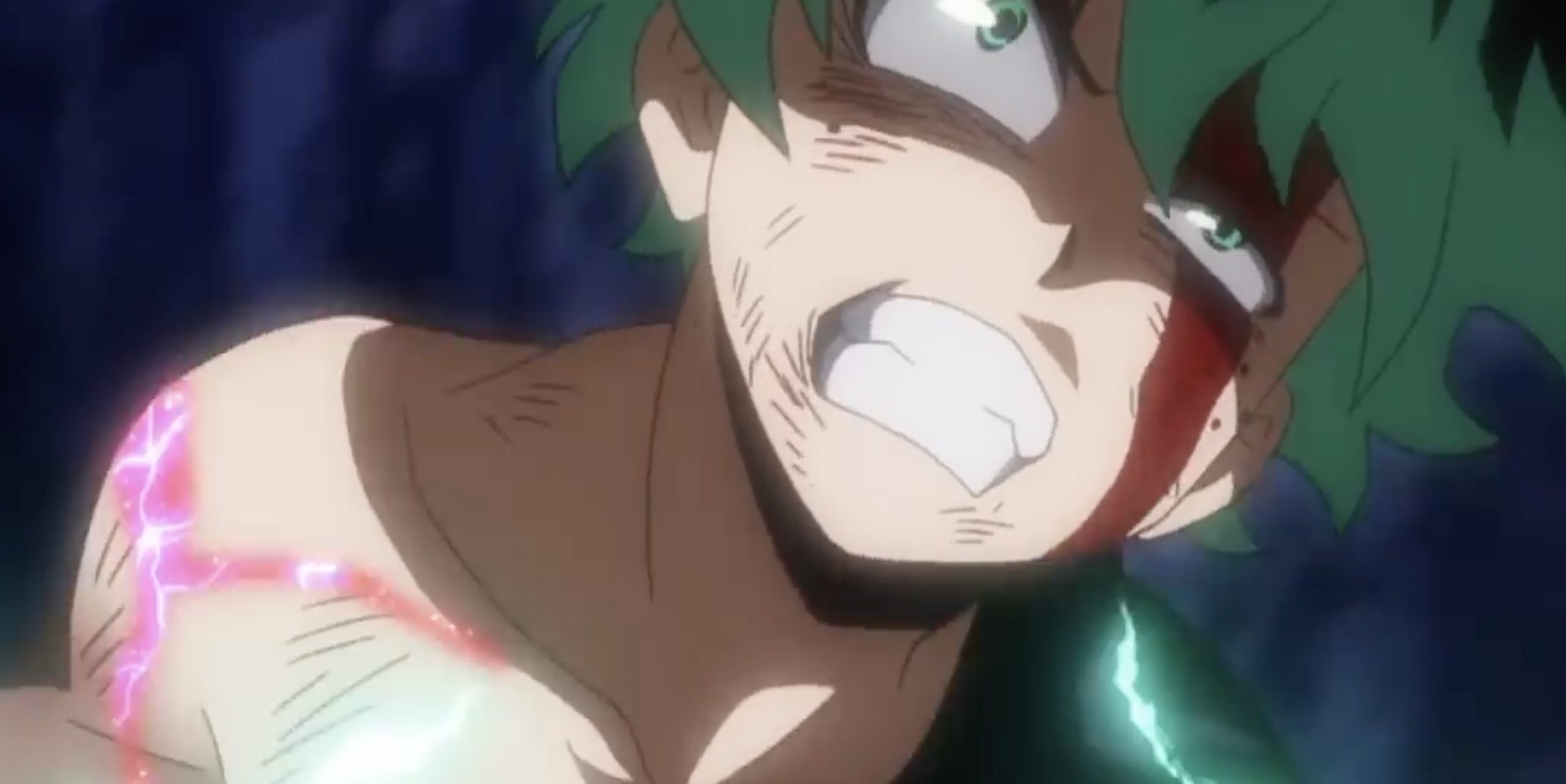
This pivotal moment marks the beginning of Kota’s admiration for Midoriya, mirroring Midoriya’s own idolization of All Might.
As their relationship deepens, Kota finds himself drawn to Midoriya’s unwavering spirit and commitment to protecting others, forging a bond that echoes the mentorship dynamic between Midoriya and All Might.
9. “Let It Flow! School Festival!” – My Hero Academia Season 4 Episode 86
After the harrowing events of the Shie Hassaikai raid, both fans and Class 1-A are in need of some uplifting energy. They find solace and joy in U.A.’s School Festival, a vibrant celebration of unity and camaraderie.
Amidst the myriad of exciting events and stands available, Class 1-A resolves to express their gratitude to the other classes for their unwavering support.
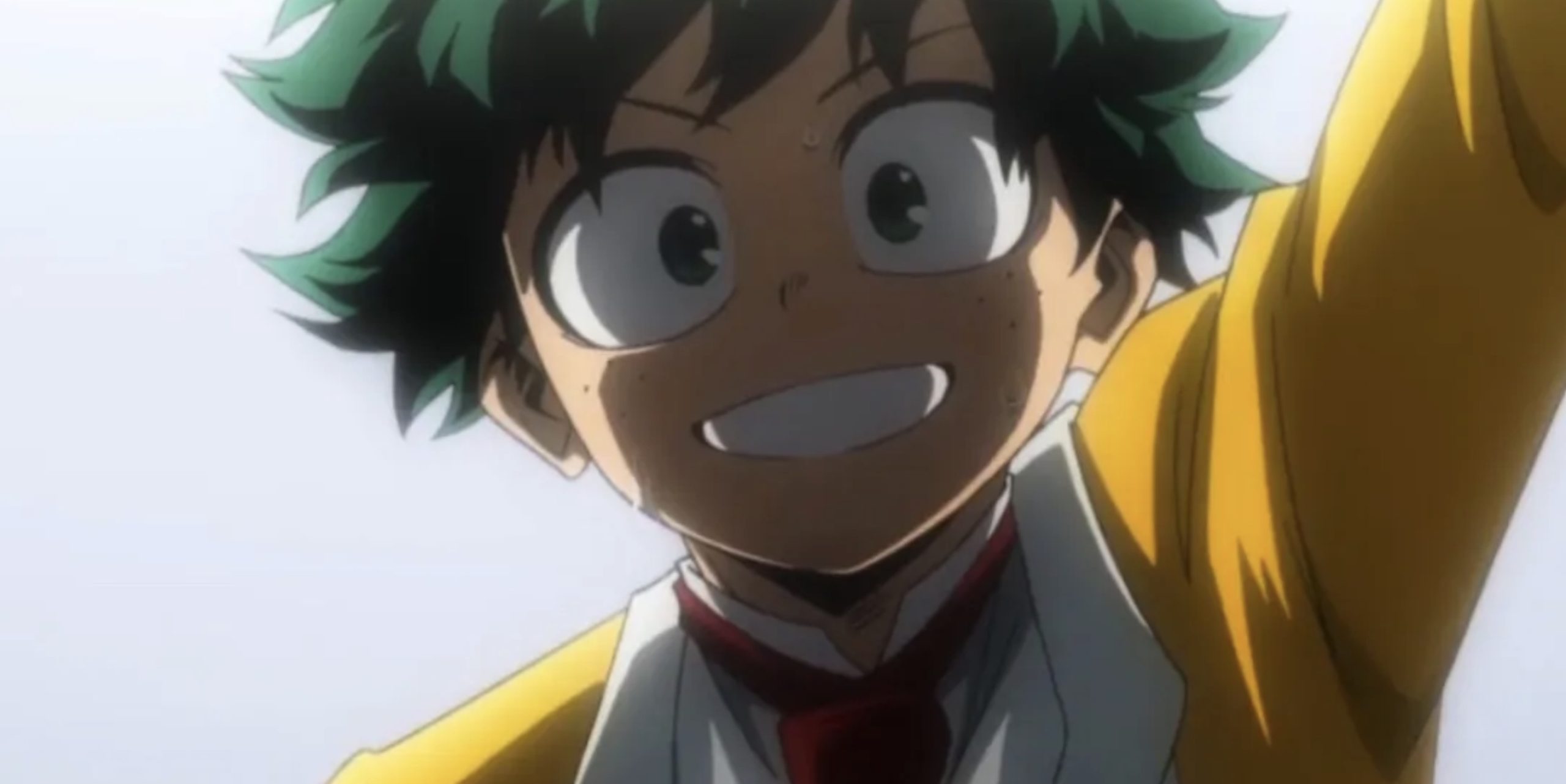
Their decision leads them to organize a rock concert, with the talented Kyoka Jiro taking the lead. The resulting musical extravaganza exceeds all expectations, with Jiro delivering a stirring original song that resonates deeply with the audience.
However, the true highlight of the event comes in the form of young Eri’s radiant smile.
For years, Eri had been burdened by arrest and guilt, her innocence overshadowed by trauma. Yet, as she immerses herself in the joyous atmosphere of the festival, her smile becomes a beacon of hope and healing.
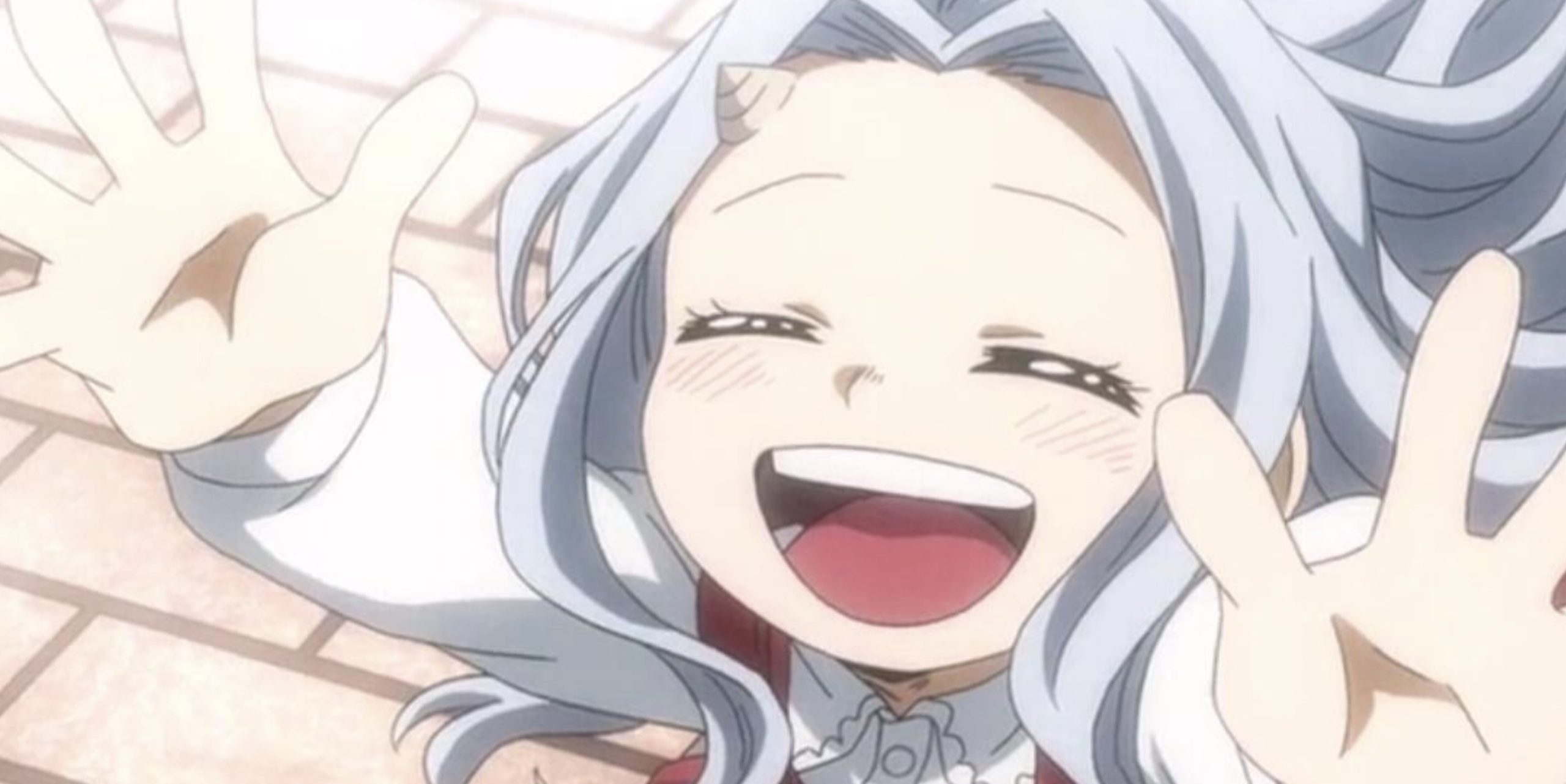
Witnessing Eri’s newfound happiness, inspired by the efforts of Deku and his friends, reaffirms the importance of their endeavors and the transformative power of friendship and compassion.
8. “Shoto Todoroki: Origin” – My Hero Academia Season 2 Episode 23
Shoto Todoroki’s character is defined by the complexities of his traumatic past, particularly his tumultuous relationship with his father, Endeavor. His icy demeanor and singular focus on surpassing others stem from a deep-seated rejection of his family and a desire to defy his father’s legacy.
Throughout the series, Todoroki’s refusal to use his Fire Quirk serves as a poignant symbol of his inner turmoil and resistance to embracing a part of himself that reminds him of Endeavor’s abuse.
However, everything changes when he faces off against Midoriya at the Sports Festival.
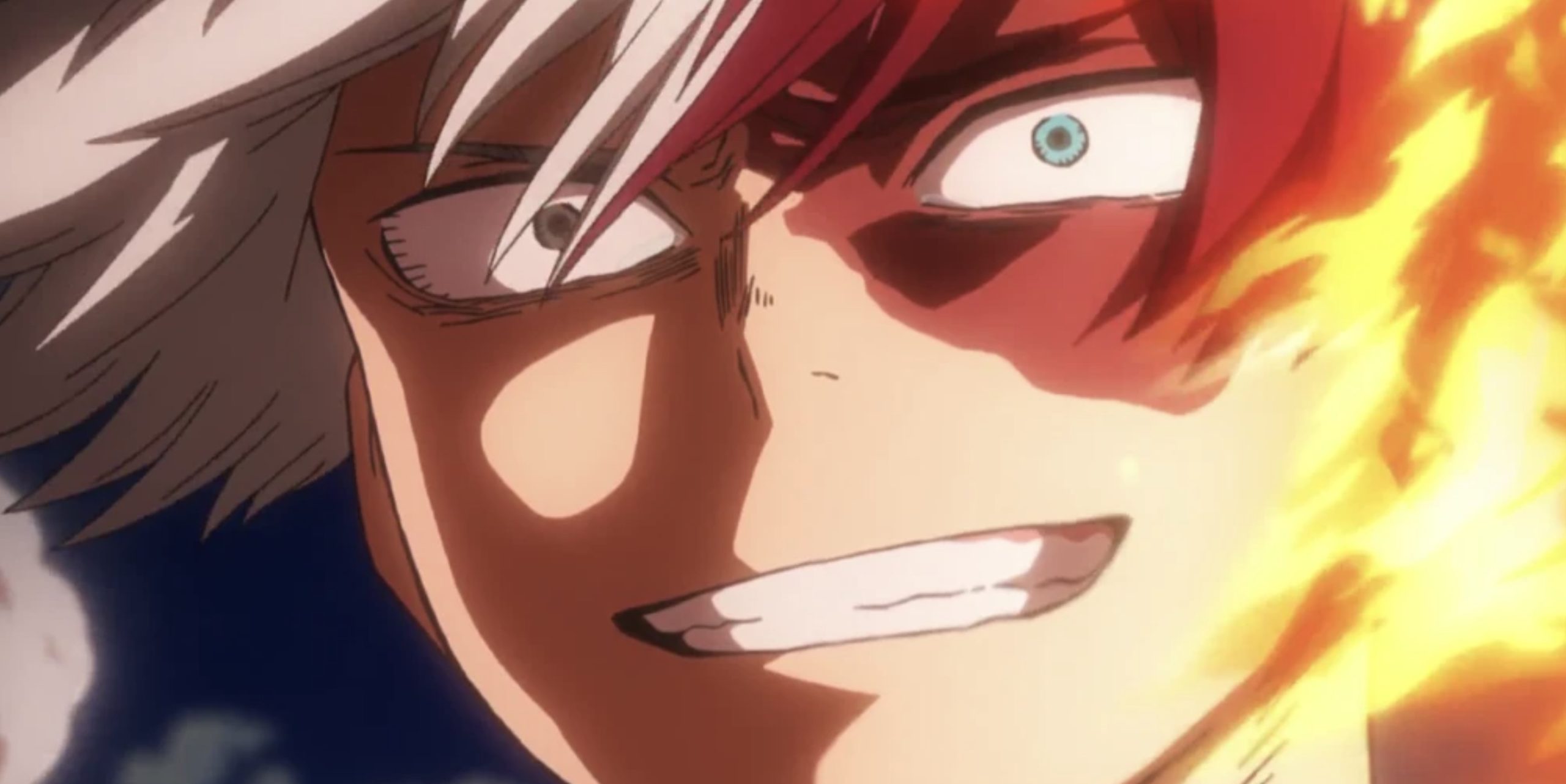
In their electrifying showdown, Midoriya pushes himself to his limits, sacrificing his own well-being to challenge Todoroki, who steadfastly refuses to tap into his Fire abilities. Midoriya’s unwavering determination and insight into Todoroki’s inner conflict lead to a pivotal moment of emotional reckoning.
Midoriya’s heartfelt reassurance that Todoroki’s Fire is his own, separate from his father’s, resonates deeply with Todoroki. It’s a transformative realization that allows Todoroki to confront his past and begin reclaiming control over his powers and his identity.
The intensity of their battle is matched only by the breathtaking choreography and dynamic exchanges between the two young heroes.
However, before their conflict escalates too far, they are interrupted by the timely intervention of Midnight and Cementoss, preventing them from crossing a dangerous threshold.
The encounter between Todoroki and Midoriya serves as a pivotal moment of growth and self-discovery for both characters, highlighting the power of empathy, understanding, and the bonds forged through shared struggles.
7. “Sad Man’s Parade” – My Hero Academia Season 5 Episode 110
As “My Hero Academia” progresses, Twice emerges as a compelling character, regardless of his association with the League of Villains. Beneath his villainous facade lies a deeply troubled individual yearning for acceptance and belonging. Regardless of his allegiance to the dark side of the Hero world, fans recognize Twice as a lost soul searching for his place in society.
In the pivotal episode “Sad Man’s Parade,” Twice’s character undergoes a profound transformation spurred by his desire to rescue his only friend, Himiko Toga. Confronted with the realization that he may not be the real Twice, he unlocks the true potential of his power.
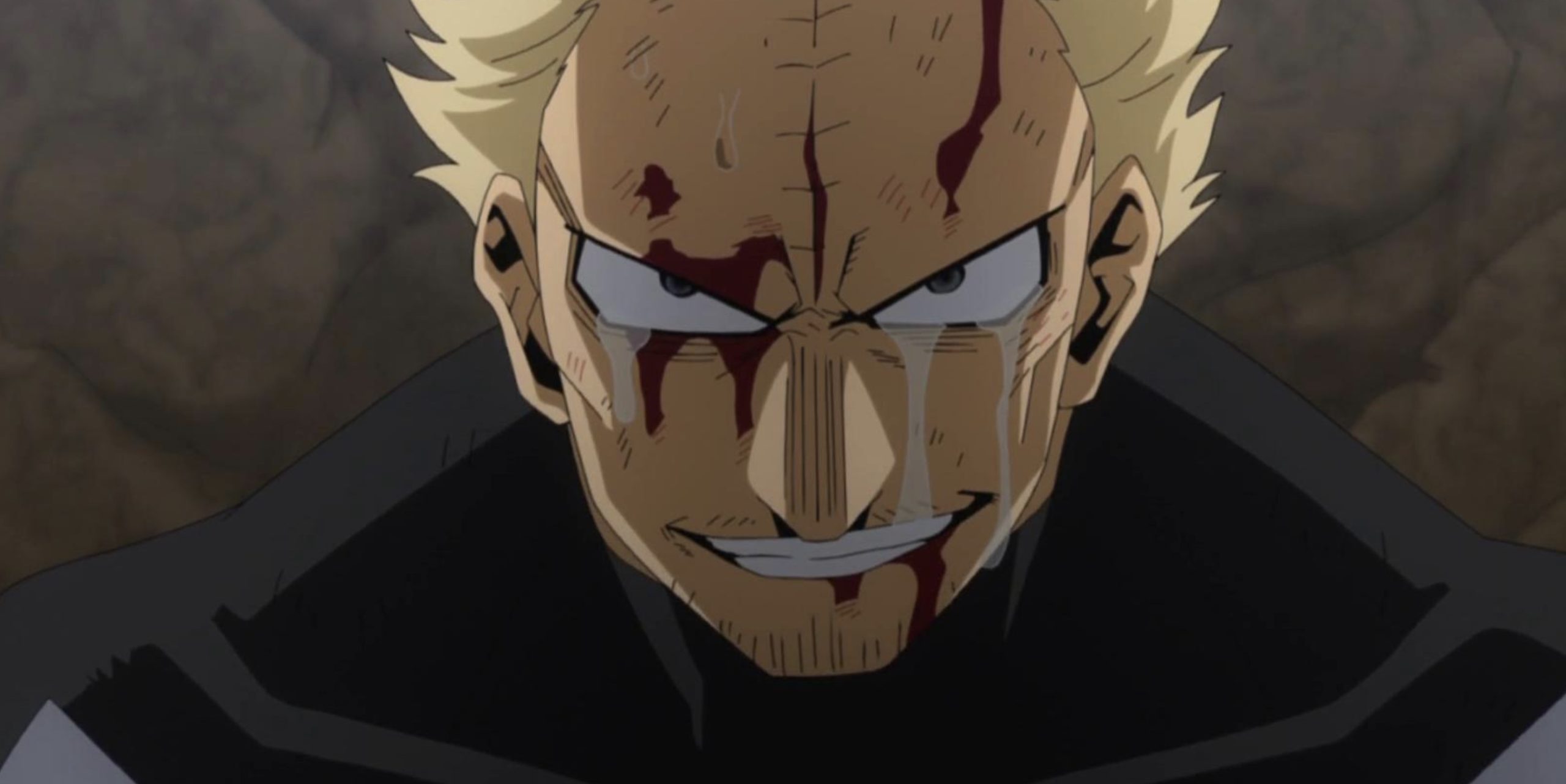
With newfound clarity and resolve, Twice unleashes his ultimate move, “Sad Man’s Parade,” flooding the battlefield with countless copies of himself. This overwhelming display of power serves as a witness to Twice’s growth and determination to protect those he cares about, particularly Toga.
Had it not been for his tragic demise in subsequent episodes, Twice’s newfound strength could have posed significant challenges for the Pro Heroes. His ultimate sacrifice underscores the complexity of his character and the lengths he is willing to go to protect his friends.
Throughout his journey, Twice evolves from a seemingly comedic minion to a tragic figure grappling with identity and purpose. His legacy lives on as a reminder of the blurred lines between heroism and villainy, and the enduring power of redemption and friendship in the face of adversity.
6. “Tenko Shimura: Origin” – My Hero Academia Season 5 Episode 111
“Tenko Shimura: Origin” stands out as a pivotal and emotionally challenging episode in the My Hero Academia series, earning acclaim from fans for its compelling backstory and unflinching portrayal of difficult themes.
The episode goes into the tragic childhood of a young boy named Tenko Shimura, who later emerges as the infamous villain, Tomura Shigaraki.
From the outset, Tenko’s desire to become a hero reflects the aspirations of many children in hero society. However, his dreams are shattered by the abusive and controlling behavior of his father, who vehemently opposes the idea of heroism.
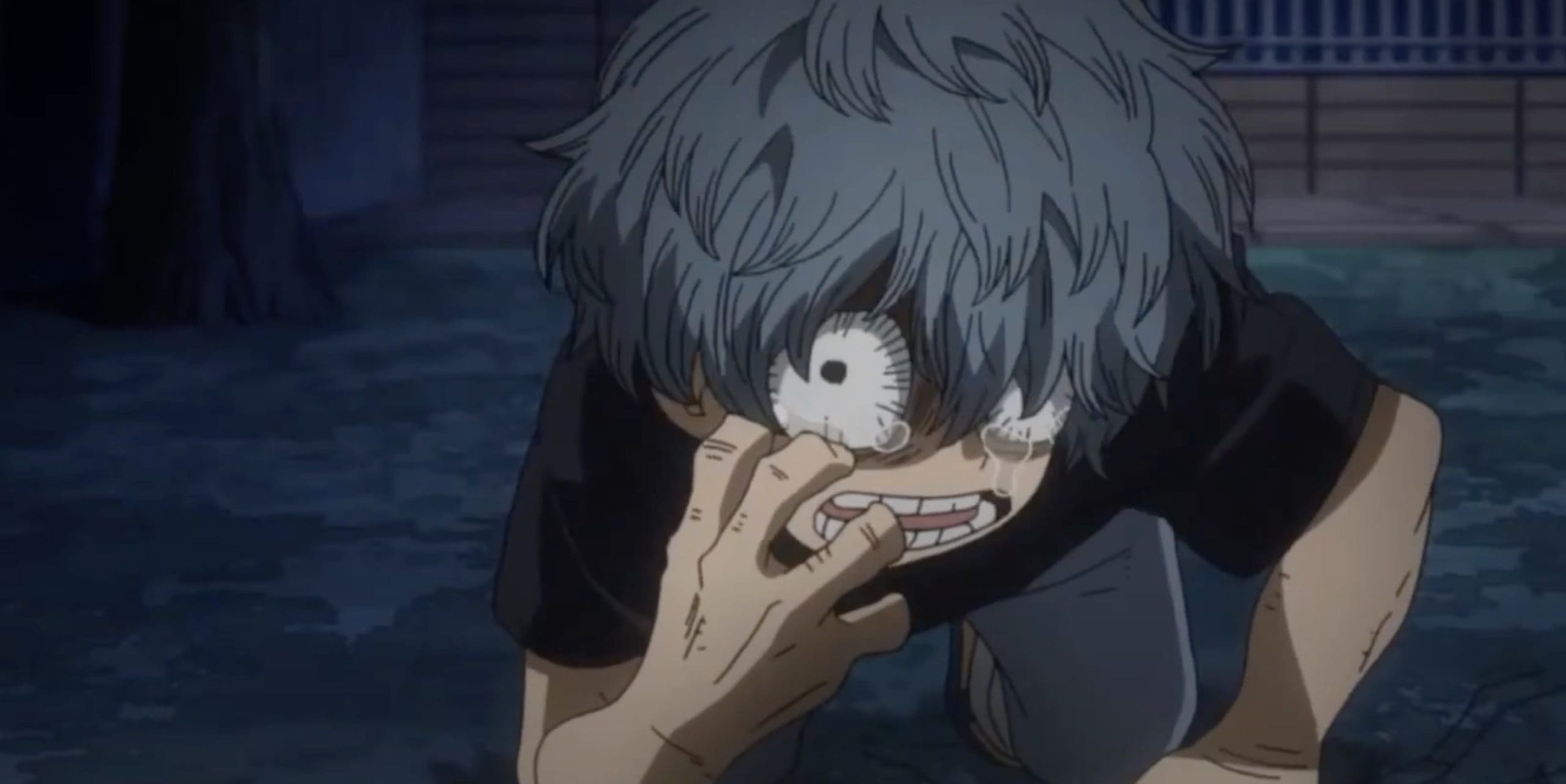
The household becomes a place of fear and torment, with Tenko and his family enduring relentless abuse at the hands of his father.
The revelation of Tenko’s familial connection to Nana Shimura, the seventh wielder of One For All, further fuels his father’s fury, leading to a violent and tragic confrontation. In a moment of overwhelming sadness and anger, Tenko’s latent Decay Quirk awakens, resulting in the accidental (and in his father’s case, intentional) demise of his entire family.
The darkness and gravity of “Tenko Shimura: Origin” make it one of the most somber and impactful episodes in the series. Regardless of its difficult subject matter, the episode is revered by fans for its significance in shaping Tomura Shigaraki’s character and the overarching narrative of My Hero Academia.
The exploration of Tenko’s traumatic past and the catalyst for his descent into villainy adds layers of depth and complexity to his character, garnering appreciation from the My Hero Academia community for its raw honesty and emotional resonance.
5. “One For All” – My Hero Academia Season 3 Episode 49
When Katsuki Bakugo falls into the clutches of villains, both Pro Heroes and Class 1-A rally together in a daring rescue mission. Yet, this desperate pursuit thrusts All Might once more into a confrontation with his arch-nemesis: All For One. Regardless of having emerged victorious in their previous clash, All Might remains haunted by the scars of that battle, knowing that his strength is waning.
As the epic showdown unfolds, All Might find himself facing an even more formidable All For One, his opponent’s power escalating with each passing moment. Yet, fueled by unwavering determination, All Might refuse to yield, pushing himself to the limit to thwart the villain’s sinister ambitions.

In a moment of triumphant defiance, All Might emerge victorious, delivering a decisive blow that sends All For One reeling. With the dust settling and victory secured, All Might raise his fist to the sky, a silent proclamation of hope and resolve.
But amidst the cheers of his supporters, All Might’s gaze turns toward the future, his words carrying a weighty significance. “It’s your turn next,” he declares, a solemn acknowledgment of the inevitable passing of the torch to a new generation.
For Midoriya and his allies, this moment marks a turning point, a realization that they must rise to the challenge and carry on the legacy of peace and justice. As All Might’s time as the Symbol of Peace draws to a close, a new era dawns for My Hero Academia, one where the stakes are higher than ever before.
4. “Lemillion” – My Hero Academia Season 4 Episode 74
Mirio Togata, also known as Lemillion, embodies the epitome of heroism, driven by a childhood encounter that ignited his dream of becoming a hero. Regardless of the challenges posed by his Permeation Quirk, Mirio has tirelessly honed his abilities, earning recognition as the top student at U.A. High School.
When the opportunity arises to join the Nighteye Agency on a perilous raid of a Yakuza compound to rescue a young girl named Eri, Mirio seizes the chance without hesitation. Motivated by his regret over being unable to save Eri previously, Lemillion fearlessly leads the charge into danger, determined to protect her at all costs.
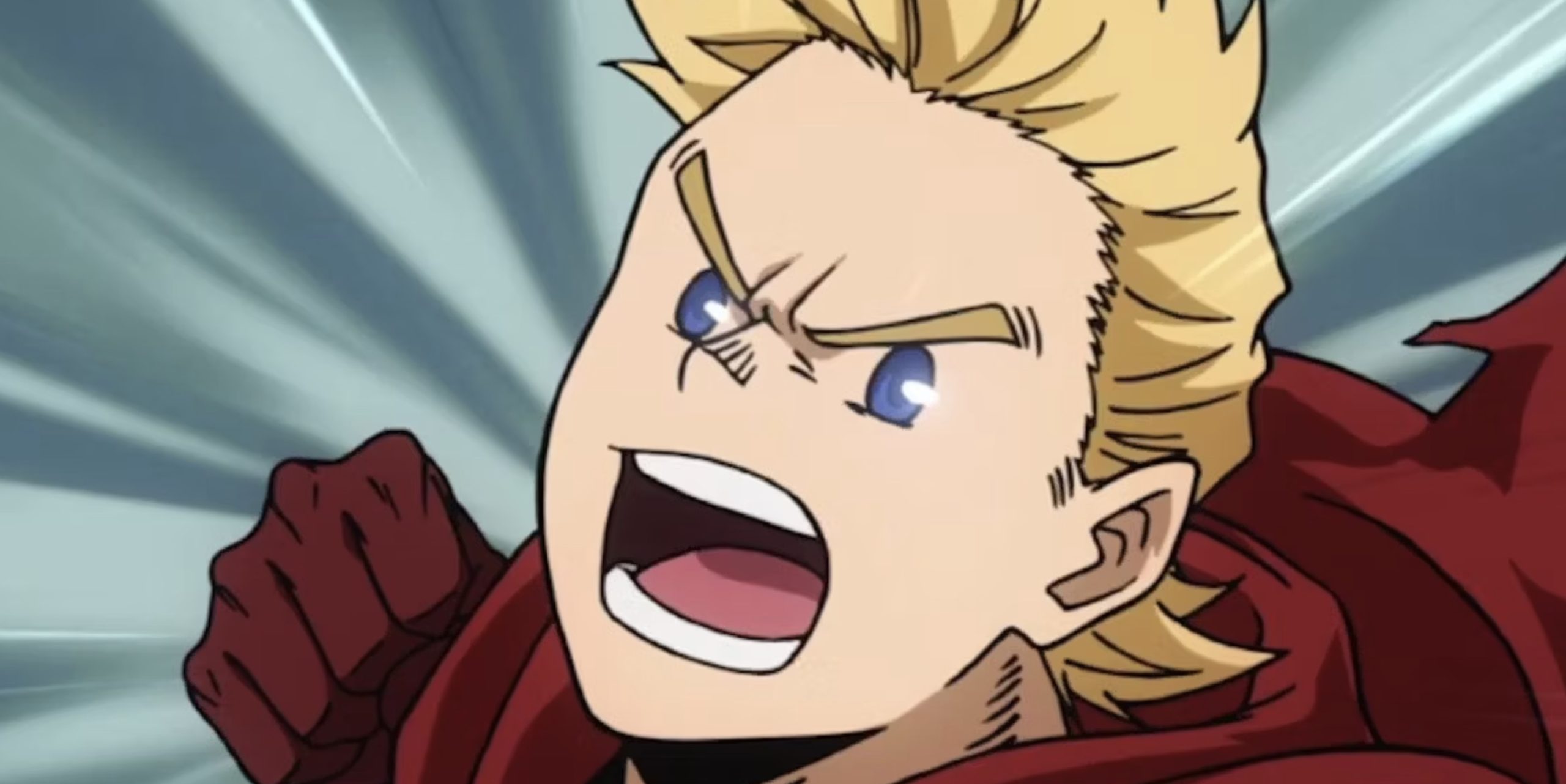
Even when faced with the formidable villain Kai Chisaki and the threat of a Quirk-neutralizing dart, Mirio remains undaunted. Regardless of the loss of his Quirk, he continues to fight with unwavering resolve, shielding Eri from harm with every ounce of strength he possesses.
As the battle reaches its climax, Midoriya and other Pro Heroes arrive to assist, but not before witnessing Mirio’s awe-inspiring display of courage and selflessness.
His unwavering dedication to saving Eri, even in the absence of his Quirk, resonates deeply with fans, cementing this episode as a beloved moment in the My Hero Academia series.
Mirio Togata’s unwavering determination and indomitable spirit serve as a witness to the true essence of heroism, inspiring admiration and respect from fans and fellow heroes alike.
3. “Dabi’s Dance” – My Hero Academia Season 6 Episode 124
Dabi, the enigmatic and darkly charismatic villain, has captured the hearts of fans with his intriguing persona and chaotic presence. As a character who exudes a level of chaos rivaling even that of the main villain, Tomura Shigaraki, Dabi’s allure lies in his mysterious past and sinister motives.
However, what truly sets Dabi apart is his shocking revelation as the long-lost son of Endeavor and the older brother of Shoto Todoroki. Believed to have perished, Dabi’s apparent demise haunted his family for years, casting a shadow over Endeavor’s already strained relationship with his loved ones.
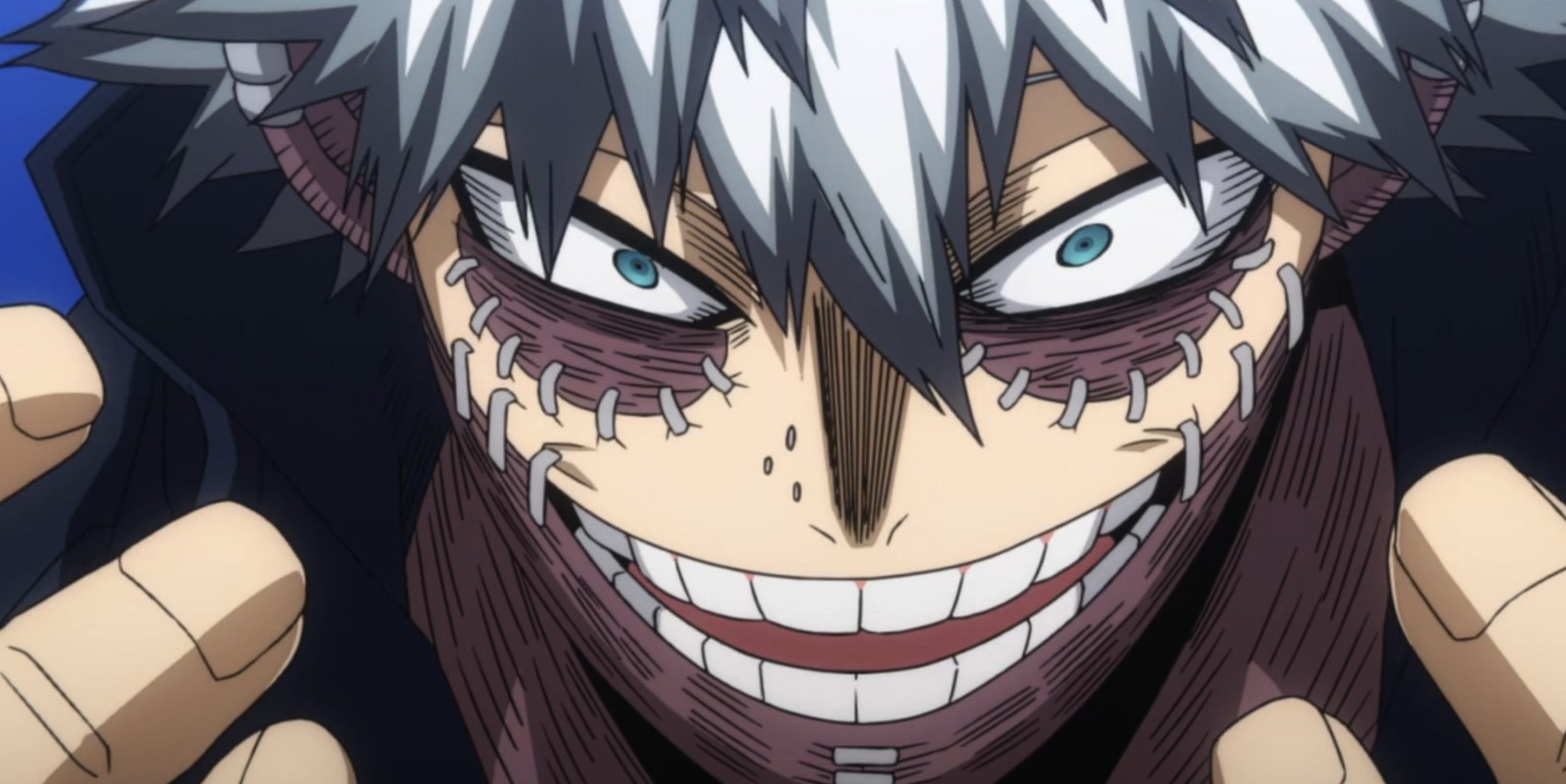
The revelation of Dabi’s true identity sends shockwaves through the Todoroki family and the hero community at large. To inflict maximum pain and turmoil upon his father, Dabi orchestrates a chilling confrontation, broadcasting the truth on television before confronting Endeavor directly atop the formidable Gigantomachia.
Dabi’s dramatic reveal, complete with his distinctive white hair and unhinged demeanor, serves to intensify the emotional impact of the moment, leaving both his family and viewers reeling from the revelation.
His calculated actions and vindictive agenda add layers of complexity to his character, solidifying his status as a formidable and unforgettable antagonist in the My Hero Academia universe.
As Dabi’s motives and vendetta against Endeavor unfold, audiences are left on the edge of their seats, eagerly anticipating the repercussions of his shocking revelation on the Todoroki family and the hero society as a whole.
2. “Katsuki Bakugo: Rising” – My Hero Academia Season 6 Episode 9
Katsuki Bakugo, initially portrayed as something of an antagonist, undergoes a remarkable transformation throughout the series.
While training to become a hero, his relentless teasing and aggression towards protagonist Izuku Midoriya often overshadow his potential for growth. However, as the story unfolds, Bakugo begins to confront his own insecurities and the impact of his behavior on Midoriya, leading to a profound shift in his character development.
In the pivotal episode “Katsuki Bakugo: Rising,” fans witness Bakugo’s journey towards self-awareness and maturity. Confronted with the realization of his own flaws and the admiration he harbors for Midoriya’s fearlessness, Bakugo undergoes a profound moment of clarity.

Inspired by Midoriya’s unwavering determination and empowered by his newfound understanding of One For All, Bakugo finds the courage to take a decisive stand.
In a breathtaking display of bravery, Bakugo fearlessly leaps into harm’s way, shielding Midoriya from a barrage of incoming attacks. This selfless act not only showcases Bakugo’s growth as a character but also serves as a powerful witness to the depth of his friendship with Midoriya.
Fans of Bakugo are drawn to this episode for its poignant portrayal of his character development and the realization of his inner strength. Bakugo’s willingness to confront his flaws and embrace his own heroism marks a significant turning point in his journey, earning him newfound respect and admiration from both his peers and viewers alike.
As Bakugo continues to evolve and confront the challenges ahead, his bravery and loyalty to his friends serve as a shining example of the true essence of heroism in My Hero Academia.
1. “Deku vs. Class A” – My Hero Academia Season 6 Episode 136
Following the harrowing events of the War Arc, Izuku Midoriya finds himself grappling with a profound sense of disillusionment regarding his role as a hero.
Consumed by the weight of his responsibility as the holder of One For All and the danger it poses to his loved ones, Midoriya takes off on a solitary journey as a vigilante, neglecting his own well-being and inadvertently causing more harm than good.
Amidst Midoriya’s downward spiral, his classmates, particularly Katsuki Bakugo, refuse to stand idly by. Recognizing the toll that Midoriya’s isolation is taking on him, Bakugo extends a heartfelt apology, acknowledging the hurt he has caused over the years through his bullying and belittling behavior.
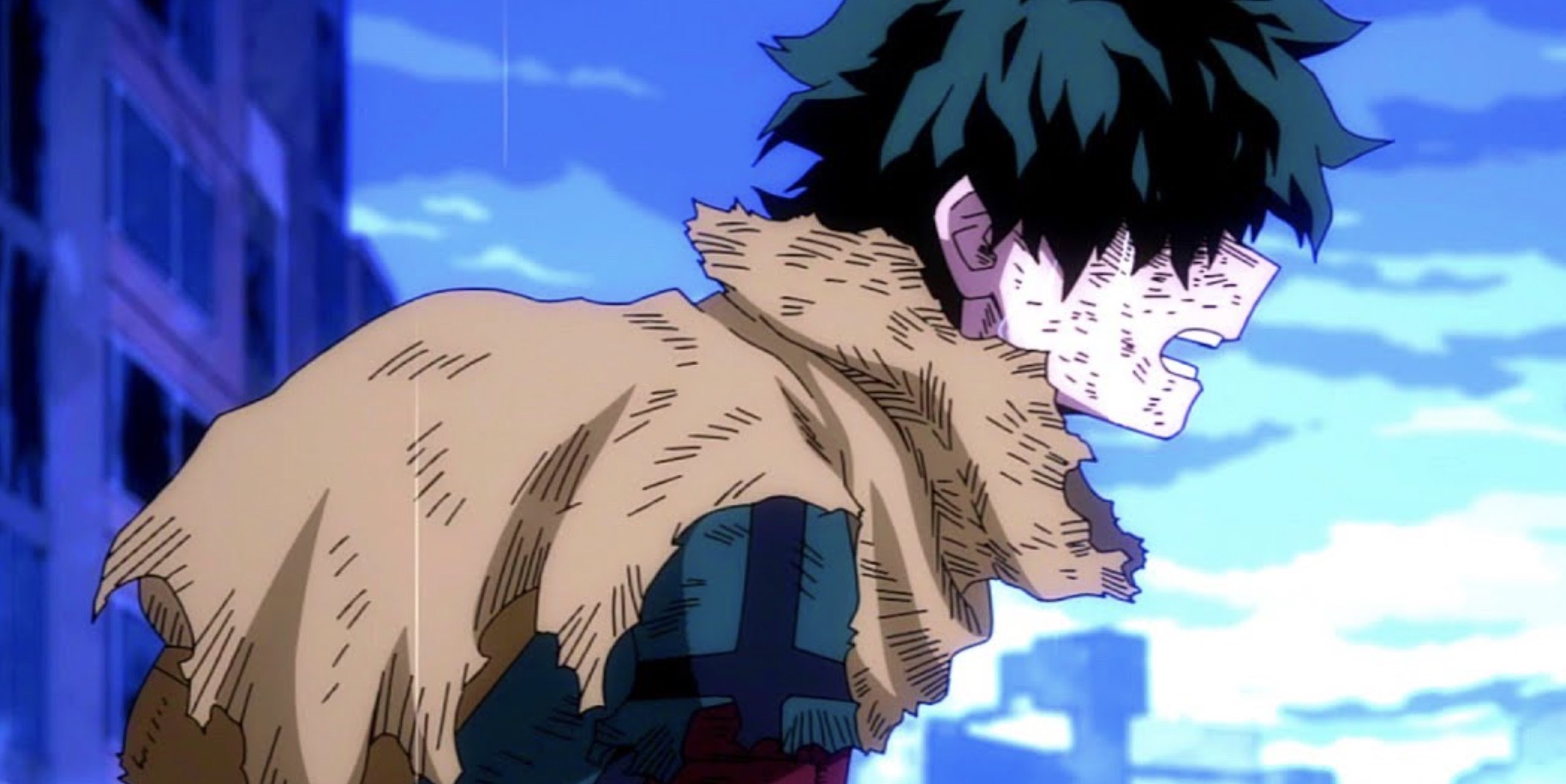
This rare moment of vulnerability and sincerity from Bakugo marks a significant step towards reconciliation and healing for both him and Midoriya.
The heartfelt apology serves as a catalyst for renewed camaraderie and solidarity among Class 1-A, as they rally together to support Midoriya and guide him back onto the path of heroism.
With their unwavering support and encouragement, Midoriya begins to realize that he is not alone and that his friends value and rely on him more than ever.
Ultimately, the episode culminates in a touching reunion, as Class 1-A welcomes Midoriya back into their fold, reaffirming their commitment to each other and their shared goal of becoming the heroes they aspire to be.
As they join forces once again, Midoriya and his classmates take off on a journey of growth and redemption, united in their determination to protect and inspire others.
This poignant moment of reconciliation between Bakugo and Midoriya serves as a powerful reminder of the transformative power of forgiveness and the enduring bonds of friendship.
Together, they stand ready to face whatever challenges lie ahead, stronger and more resilient than ever before.


